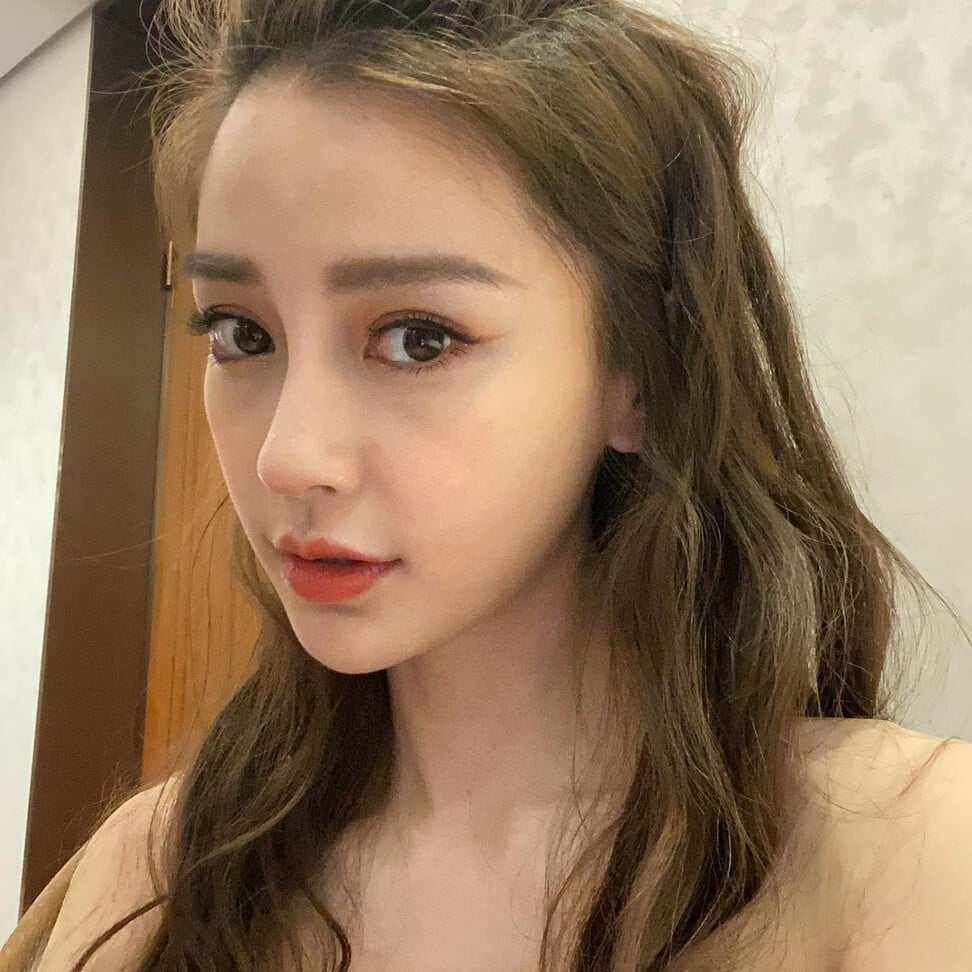
Desirable or unattainable? The V-shaped face quest spurred by the likes of Blackpink and Angelababy, and how far some will go to achieve it
- Traditional and modern Asian beauty standards hold up the oval or V-shaped face, with sharp jawline and defined cheekbones, as being the most beautiful
- It can be achieved using beauty products and through aesthetic procedures or surgery, but the effect is temporary. ‘Embrace what you have,’ says one educator
It takes just 30 minutes to undergo a Venus Freeze procedure, a face-contouring and skin-tightening treatment popular with customers of medical aesthetic clinics. During the treatment, which is relaxing enough to sneak in a quick power nap, a technician glides a warm device over the face and neck.
The device emits radio frequency and pulsed magnetic fields to firm up the skin and enhance one’s facial contours. While the results vary depending on the individual, most will notice a subtle enhancement to their features, including a sharper looking jawline and the appearance of defined cheekbones – the hallmarks of what is called the V-shaped face.
“The Koreans have popularised the V-shape and made it part of their standards of beauty. Consequently, many aesthetic treatments work towards achieving that ideal of facial symmetry and perpetual youth,” observes Dr Kevin Chua, co-founder of Dr Kevin Chua Medical & Aesthetics Clinic in Singapore.
Beauty brands have also jumped on the bandwagon. Clarins was an early mover with its V Shaping Facial Lift range, which was launched in the late 90s (then called the Contouring Facial Lift), in response to Japanese journalists requesting a product that could “refine” an oval face.
Acne? Eczema? Doctor prescribes Chinese herbal medicine creams
Many other brands – ranging from high-end ones such as La Mer to mid- and mass-market labels including Bio-essence and Sephora – offer sculpting, lifting and contouring creams, serums and masks to de-puff and define contours.
Detractors say the fixation with achieving a V-shaped face can perpetuate unhealthy and unattainable ideals of beauty. “Human faces vary in terms of facial proportions due to our skeletal structure, muscle placement and the fatty deposit on the face. I don’t see why, instead of seeing the beauty in diversity, a generic oval shape is presumed to be ‘perfect’,” says beauty educator and make-up artist Larry Yeo.
Instead, he exhorts people to “embrace what you have and work with it”. For instance, tried and tested make-up techniques of highlighting and contouring can visually define the face, he says. Then, when a new beauty trend takes the fore, it is a matter of modifying one’s make-up to stay current.
The quest for a V-shape is the latest chapter in many people’s never-ending battle against ageing.
“Most of us start out with that natural V-shape,” observes Chua. “In our youth, we have volume in our cheeks that hold our skin up. As we age, we lose some of that volume though fat loss. Combined with increased skin laxity, our natural V-shape inverts to a roof shape with hanging jowls.”

While the term V-shape may seem like a stroke of marketing genius for the internet generation, this beauty ideal has been around for a long time. Sharon Lim, strategic content strategist at The Ate Group and a former editor-in-chief of Elle Singapore, says: “We’re all familiar by now with this so-called ‘beauty ideal’ of a slim and oval face with a pointed chin and a well-defined jawline. It’s not new.”
Dr SK Tan, founder of IDS Clinic in Singapore, says an oval-shaped face was considered the most beautiful type according to traditional Chinese beauty standards. “Over time, this perception has been accepted as a ‘standard’ for beauty among East Asians and has thus become a benchmark,” Tan says.

Another historical influence could be the Japanese Takarazuka Revue, an all-female musical theatre troupe that developed a beauty aesthetic in part meant to mimic Western features, which are perceived to be sharper, says Lim. These included exaggerated eyes, shading the nose to make it appear narrower and shading along the jawline.

It is also important that the patient is aware that there may be surgical risks, recovery downtime and relatively high costs involved with such procedures, he adds.
Lim is hopeful that, as the current push for inclusivity and diversity becomes increasingly commonplace, more women will learn to love themselves for who they are.
She says: “The reality is that age and gravity will catch up with all of us. The good thing is that ideals of beauty are broadening. Diversity and individualism are increasingly being celebrated and, while this may take time to become fully mainstream, I look forward to greater acceptance of different kinds of beauty and ‘realness’, versus aiming for an impossible set of ideals.”

